WATERVLIET ARSENAL, N.Y. - Col. Mark F. Migaleddi assumed command of the Army's historic Watervliet Arsenal from Col. Scott N. Fletcher during a change of command ceremony here Friday.
Fletcher headed the 197-year old post during a time of significant growth in manufacturing requirements while the rest of the nation's manufacturing declined to levels not seen in decades. He took command on July 11, 2008.
Though there remains some uncertainty about the future level of manufacturing requirements as combat operations in Iraq and Afghanistan transform, Fletcher said he believes the Arsenal is well positioned for continued success.
"During the last two years, we have invested more than $35 million to upgrade our facilities and machinery, so that we now have the capability to compete globally for military and non-military manufacturing jobs," Fletcher said. "We have also transformed the workforce to aggressively seek daily improvements in their workspace."
Some of these improvements, as executed via Value Engineering and Lean Six Sigma programs, have returned to the customer more than $20 million in savings during the last few years. Because the Arsenal is a government-owned and operated facility, it cannot operate with a profit or loss. So, savings are often returned to the customer.
But more important than machinery and buildings are the people who have made commanding the Arsenal such an enjoyable experience, Fletcher said.
"I couldn't be more proud of the civilian workforce who has every two to three years experienced the changing of command," Fletcher said. "These are silent professionals who know their future is intertwined in the Arsenal's tradition and history and as a result, they produce unparalleled quality for our servicemen and women."
Fletcher heads to the Pentagon, where he will serve as the Chief of Initiatives for the Army's Deputy Chief of Staff for Logistics.
TACOM Life Cycle Management Commander, Maj. Gen. Kurt J. Stein, praised Fletcher's leadership as well as his ability to transform the installation into a premier arsenal recognized and respected worldwide.
In addition to praising Fletcher, Stein had praise for the workforce, too.
"You are a great team of professionals that provide the best possible support for our warfighters serving in harms way. You can and should take great pride in your role as the world's premier cannon manufacturer," Stein said.
A veteran of two combat tours in Iraq, Migaleddi comes to the Arsenal from the U.S. Army War College at Carlisle, Pa. He entered the Army in 1987 after graduating from the United States Military Academy at West Point.
As a special mention to the Arsenal workforce, Migaleddi said, "Together, we will usher in the next 200 years by not only being the world's premier cannon and mortar manufacturer, but also as a manufacturer that will be well known for its excellence and pride."
The Arsenal has continuously operated since the War of 1812 and it was built by tens of thousands of great men and women who knew their responsibility to preserve the industrial capability at Watervliet.
Today's workforce also knows of the importance of tradition and history. Although they may not have built the Arsenal, they have a sense of duty to maintain it.
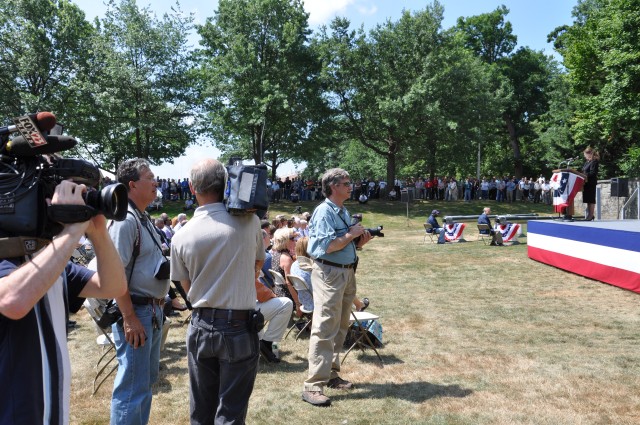
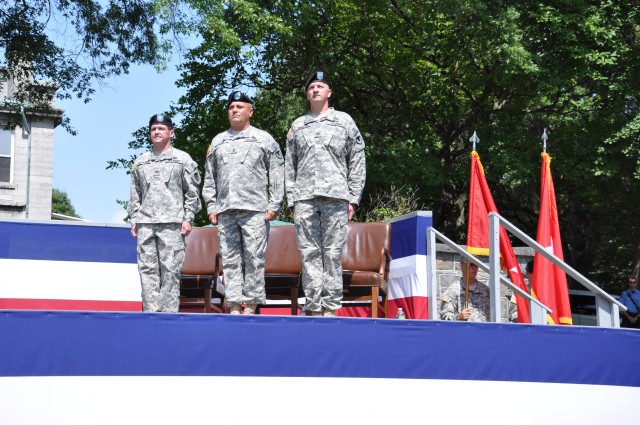
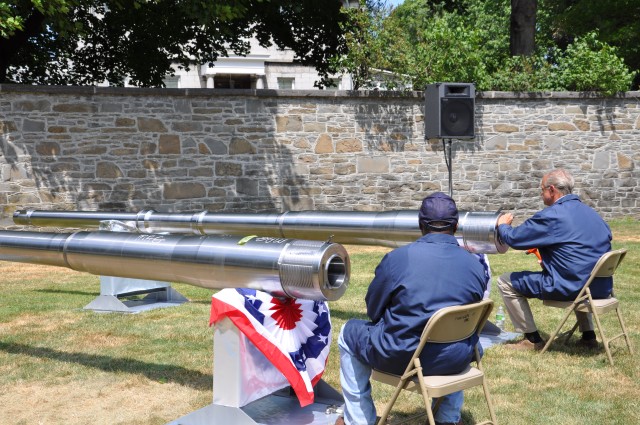
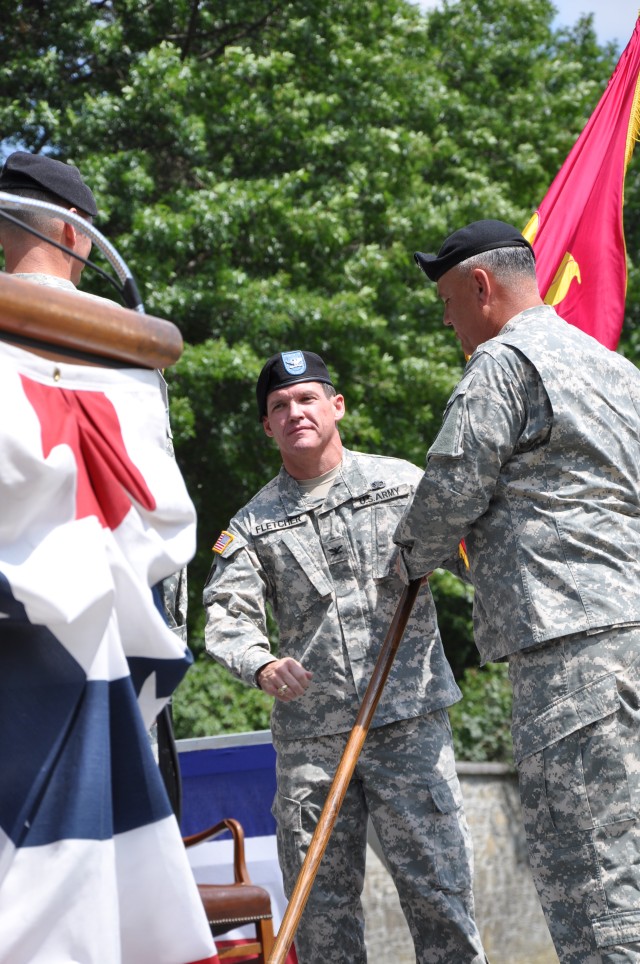
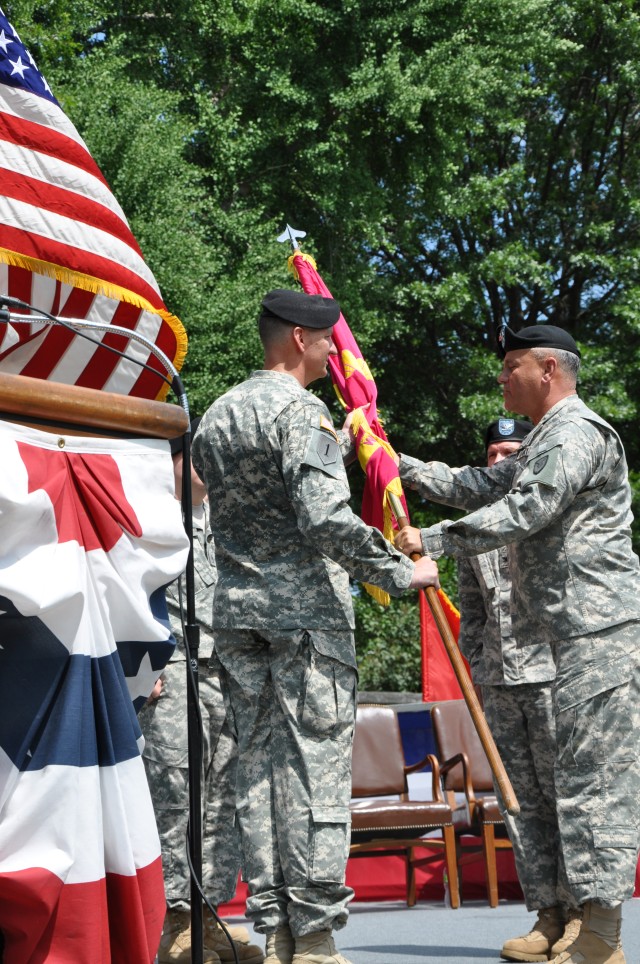
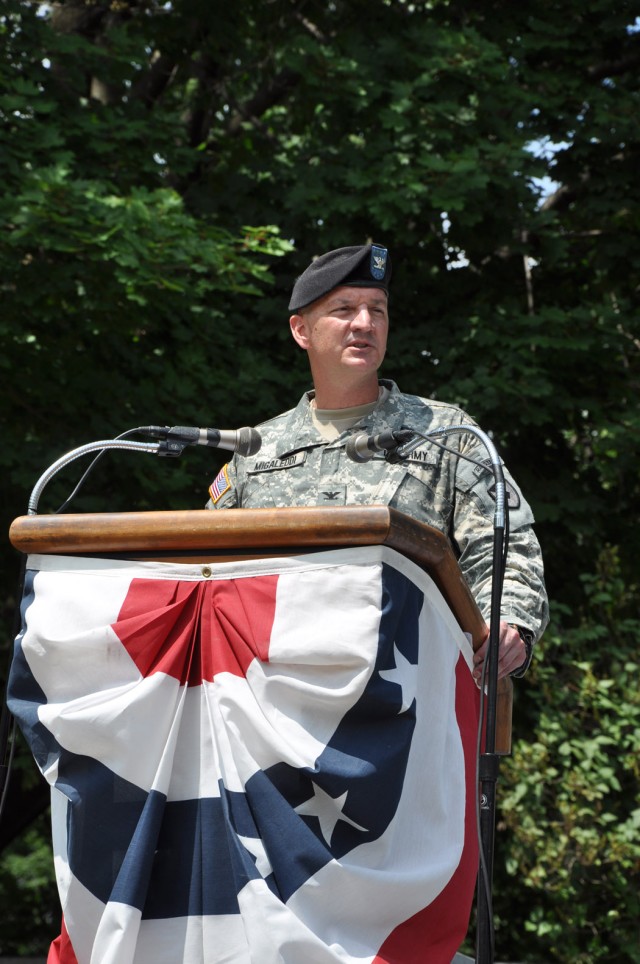
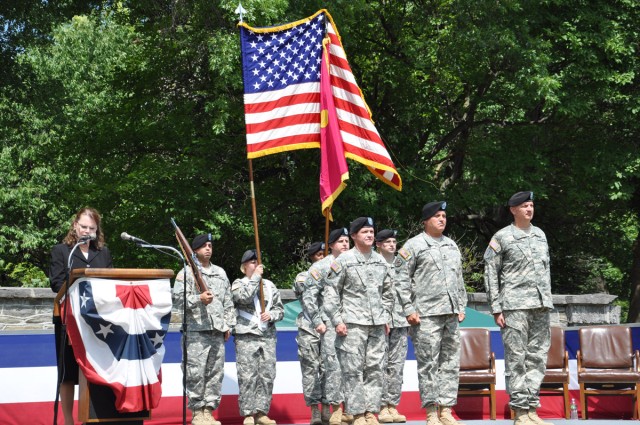
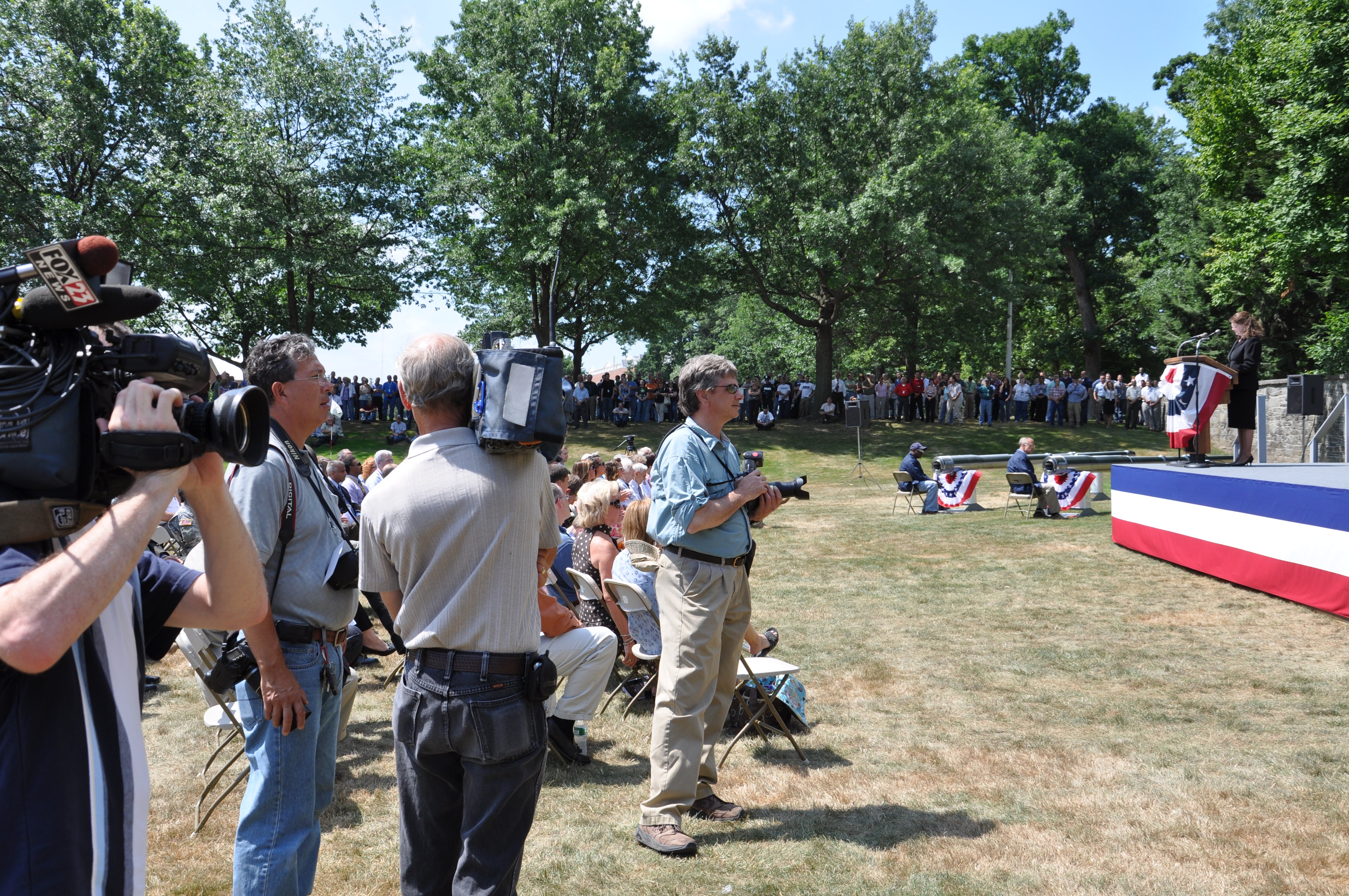
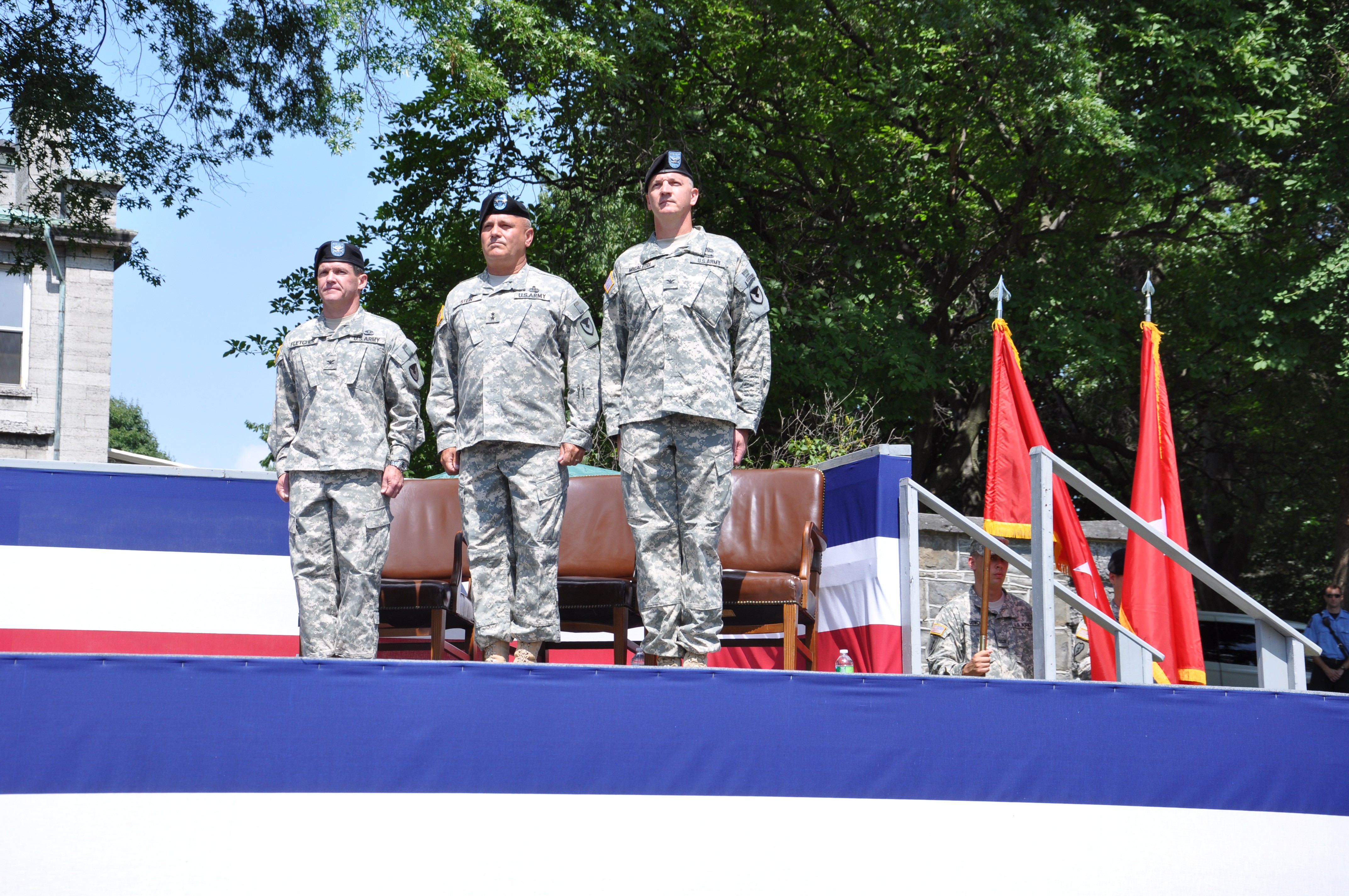
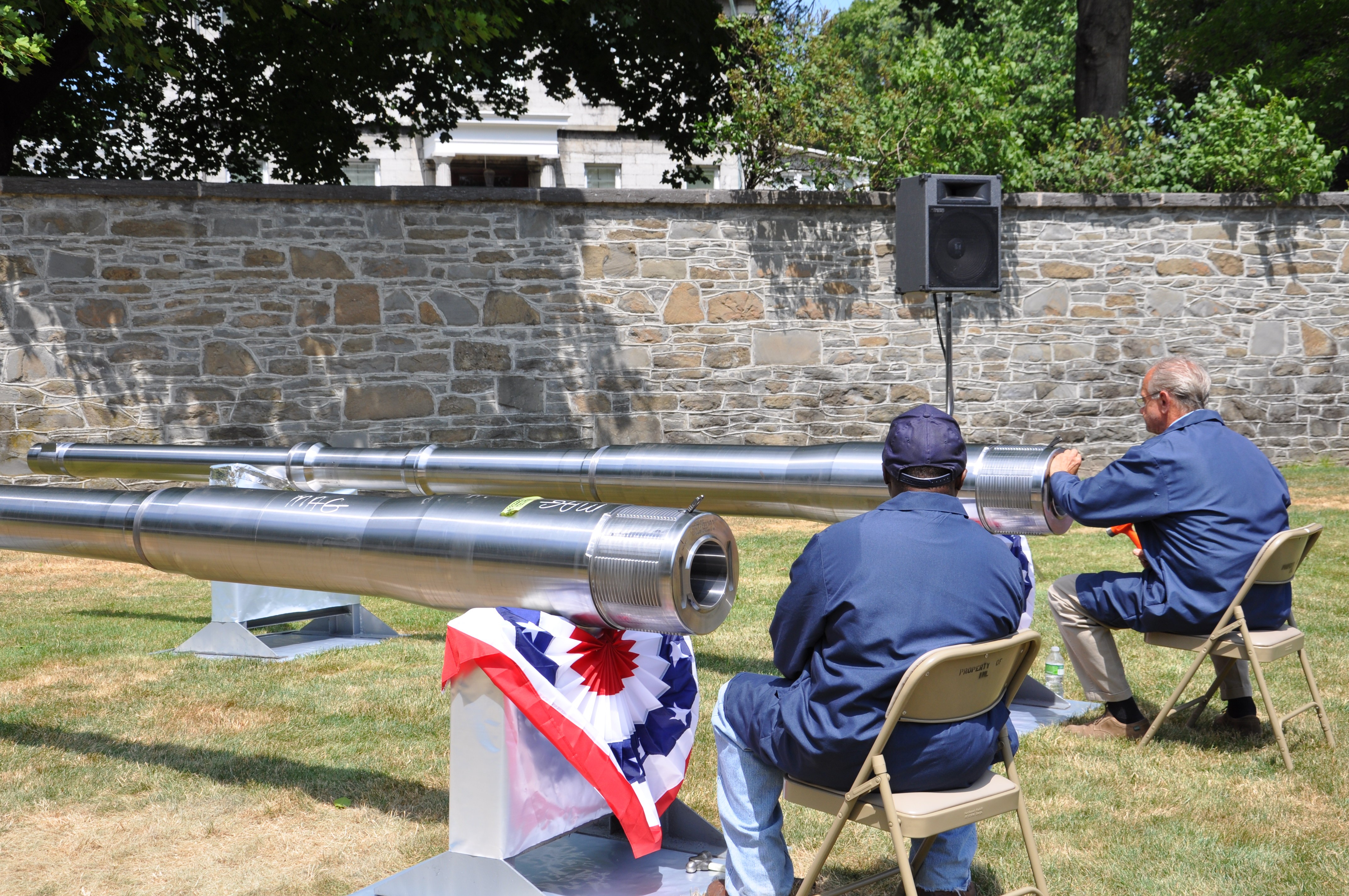
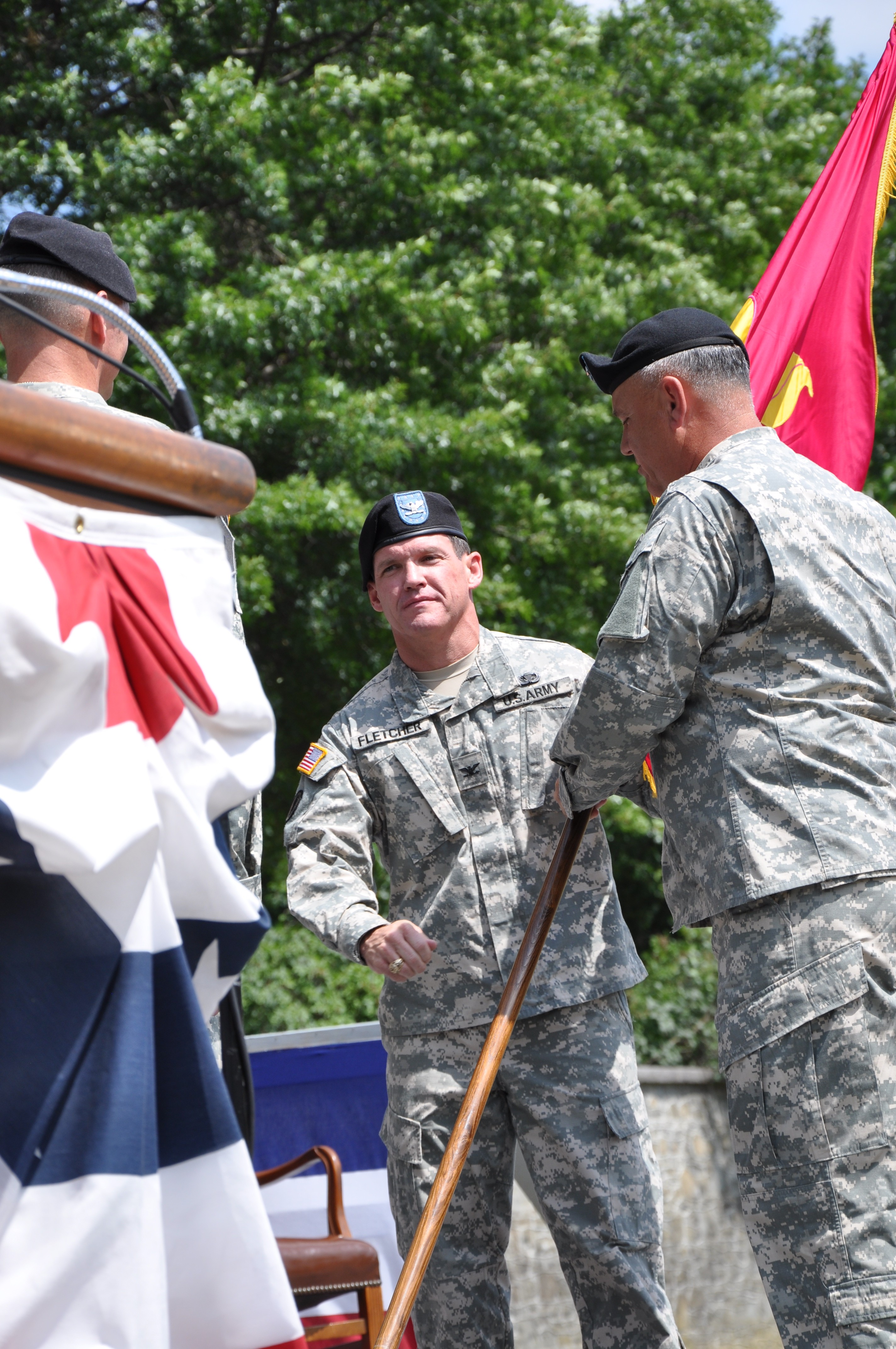
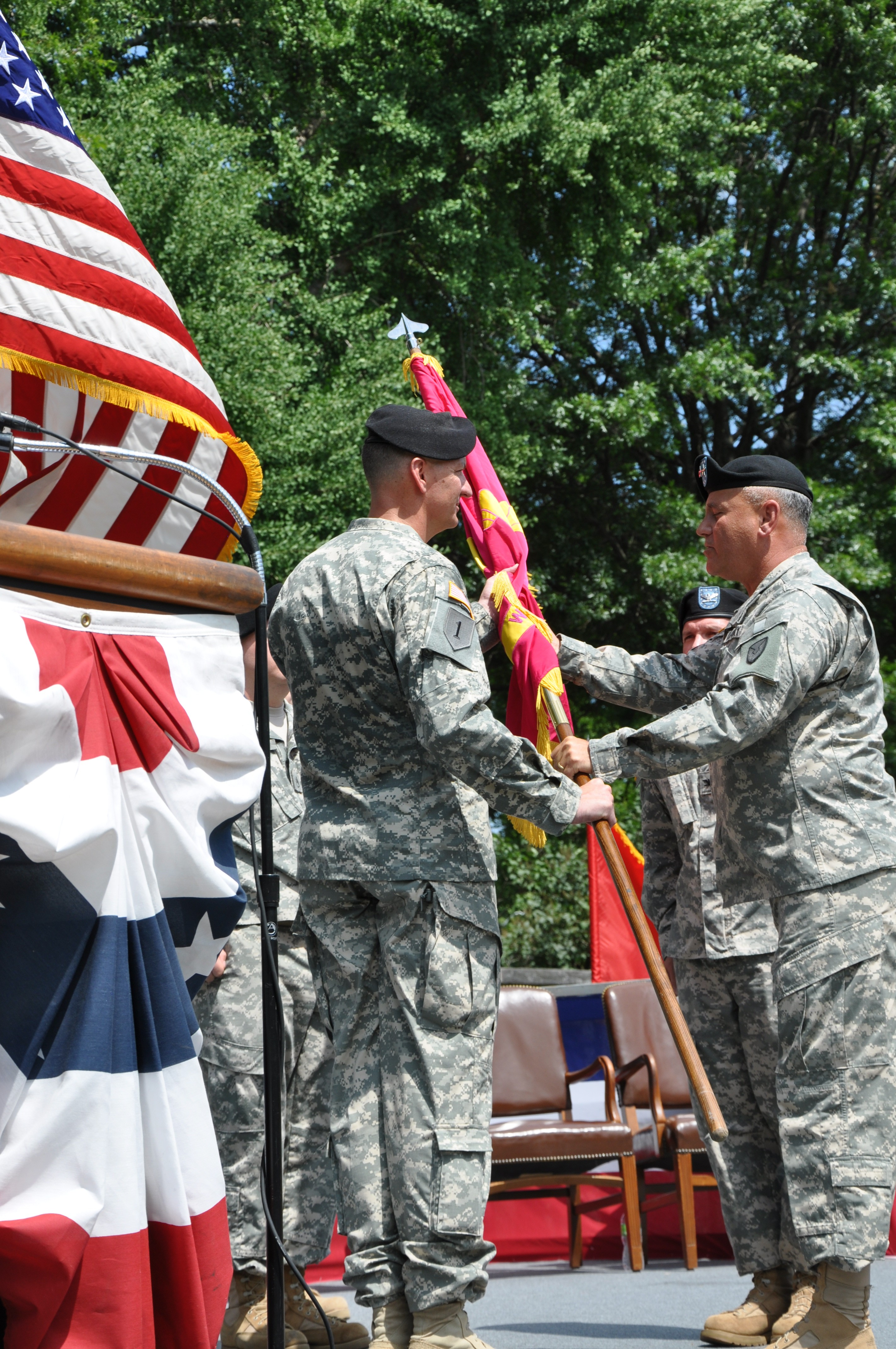
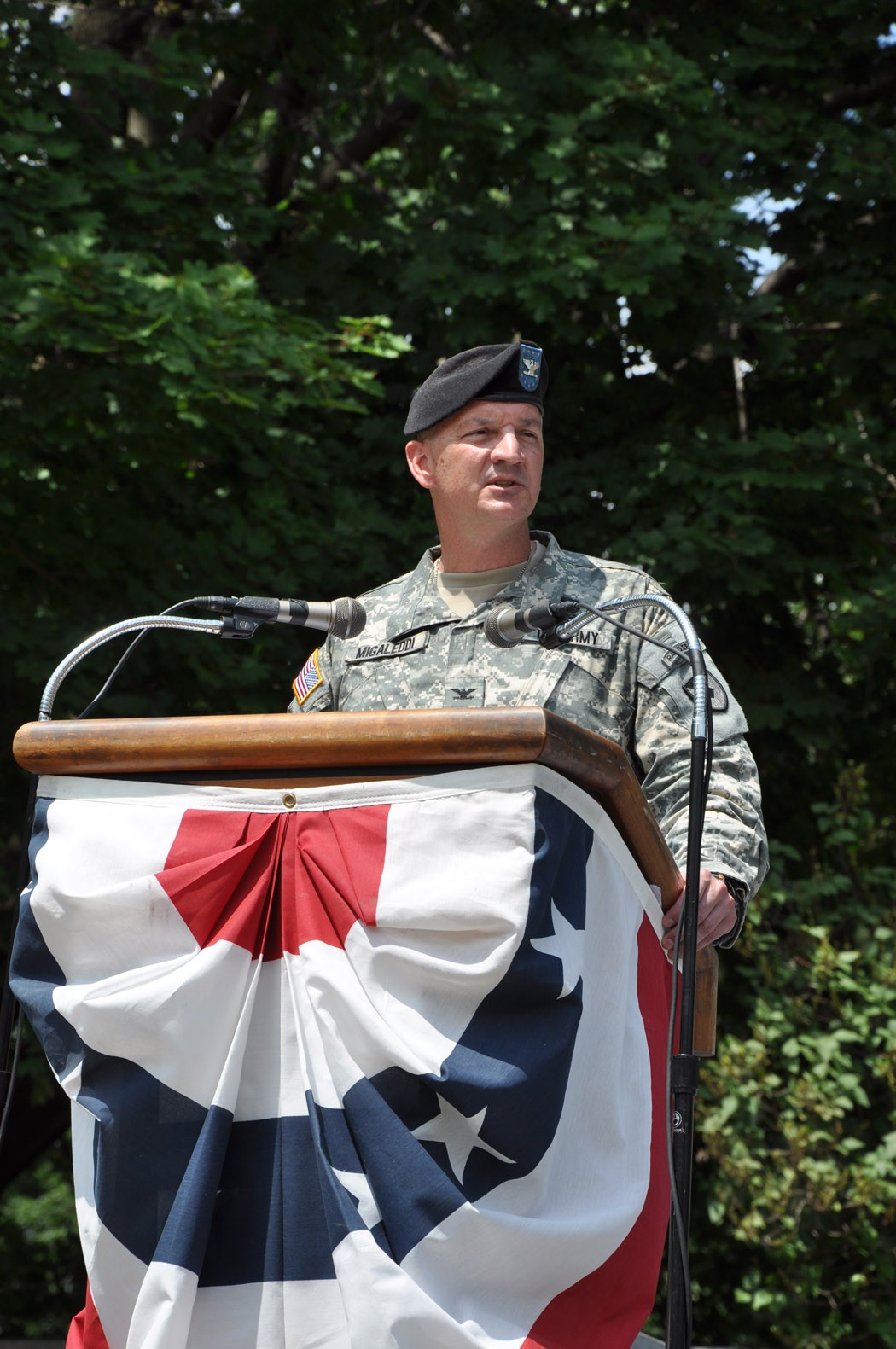
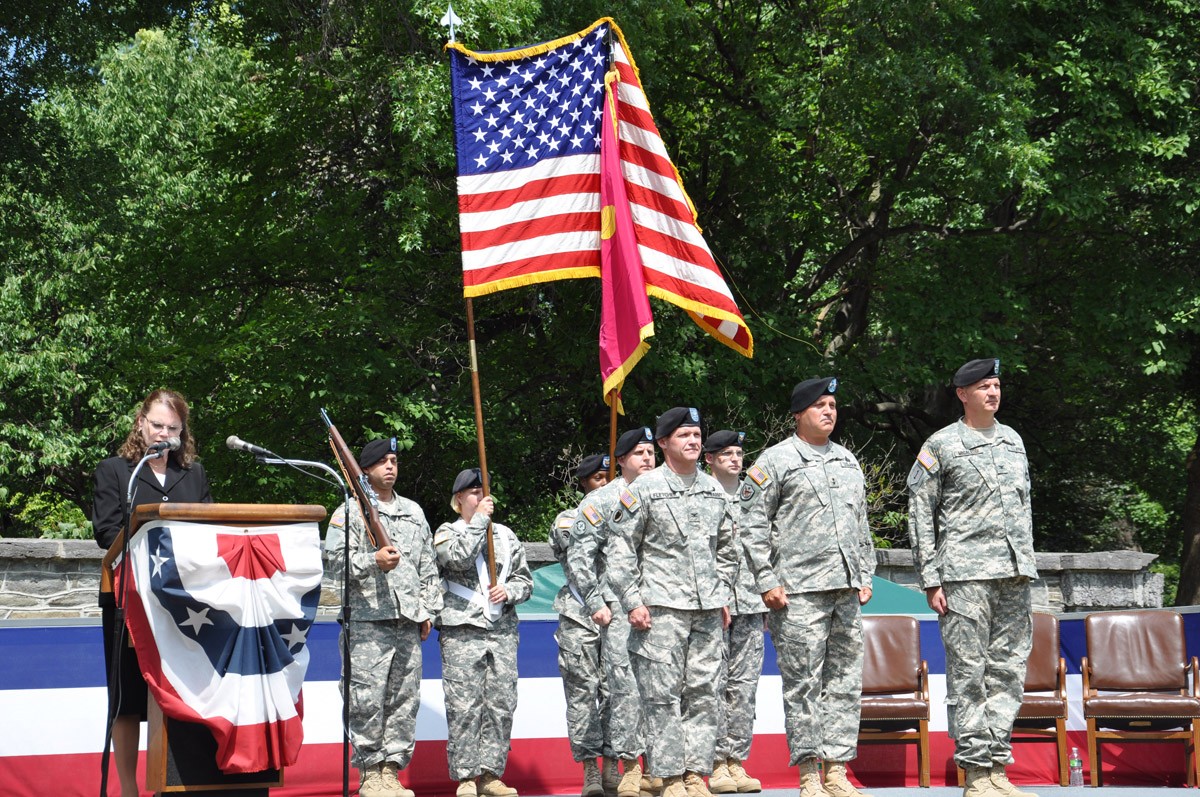
Social Sharing